After publishing “Iran’s Global Significance and Israel’s Aggression: What Will Iran’s Response Be?”, I was confident Iran’s reaction would be significant, though its scale was unclear. Ayatollah Khamenei’s statement confirmed this expectation.
The unfolding events prompted this follow-up: “F-35s Downed, Commanders Killed: Iran’s Strategic Response Redefines Deterrence and Challenges Israeli-U.S. Military Superiority.”
Israel’s occupation of Palestinian territories and military actions in Gaza and Lebanon reflect the Realist view in International Relations—where states prioritize power and security over morality or international law.
Israel’s strategy of territorial control and military strength, supported by the U.S., aims to ensure its dominance and security. This alliance allows it to act with relative impunity, despite global criticism.U.S. support is driven by strategic interests, not ethics, reinforcing a power-driven system that fuels instability and violence. While Realism explains such behavior, it also highlights the moral cost—seen in Palestinian suffering and regional insecurity.
In this context, Realism may explain the why, but it does not excuse the how.
Iran’s massive retaliatory strike against Israel can be understood through both Realist and sociological frameworks. To fully grasp the dimensions of Iran’s military response, we must consider not only its strategic logic but also its symbolic meaning.
From a Realist standpoint, Iran acted to protect its sovereignty, maintain national security, and restore deterrence within a hostile and anarchic international system.Failing to respond to Israeli attacks—particularly the assassination of Iranian officials—would have signaled weakness and emboldened adversaries. The retaliation reflects a broader regional power struggle, with Iran seeking to counterbalance US-Israeli military dominance and project influence through its regional alliances.
Sociologically, through the lens of Collective Identity Theory, Iran’s response can be explained as a defense of national honour. The attack on Iranian commanders was framed not only as a military loss, but also as an affront to the identity and dignity of the nation. Meanwhile, Symbolic Interactionism highlights the strategic use of messaging: Iran’s retaliatory strike is also a symbolic act of resistance, strength, and moral legitimacy.
Thus, Iran’s response was not only a strategic necessity but also a powerful symbolic gesture to unify its people and assert regional leadership.Iran’s strategic posture was not merely theoretical—it materialized dramatically on the battlefield.
Downing of Israeli F-35 Jets and Eliminating Israeli Commanders
Iran has earned the distinction of becoming the first country in the world to successfully shoot down fifth-generation fighter jets by targeting two stealth F-35 aircraft belonging to the Israeli regime. One of the Israeli commanders that was eliminated was the Israeli Naval Commander Aluf David Salami.
The settler regime deployed these advanced aircraft during a pre-dawn military operation against the Islamic Republic, which reportedly resulted in the assassination of several high-ranking Iranian military commanders, nuclear scientists, and civilians—including women and children.
In an official statement, the Iranian Army’s Public Relations Office confirmed that its air defence forces had intercepted and destroyed two F-35 fighter jets, along with multiple drones, all belonging to the settler Israeli regime.
The F-35s used by the Israeli regime are widely regarded as the most advanced in their class, featuring state-of-the-art stealth, avionics, and combat capabilities. If confirmed, the downing of these jets would mark a significant moment in modern warfare, raising critical questions about air defence capabilities and the survivability of fifth-generation aircraft in contested airspaces.
Iran has built strong regional influence through a mix of conventional military power and advanced asymmetric tactics. Its growing arsenal of missiles and drones, along with a network of resistance fighters, allows it to deter rivals and project power across the Middle East. Far from relying only on asymmetry, Iran invests heavily in modern, high-tech capabilities, making it a formidable force against even the U.S. and Israel.
Iran extends its influence through a network of allied groups like Hezbollah, Iraq’s PMUs, and fighters in Syria and Yemen. By backing them, Iran boosts its strategic reach and counters rivals without direct warfare, making these proxies key to its deterrence strategy and regional power.
Conclusion
Iran’s military power is multidimensional, integrating traditional forces with innovative asymmetric tactics and advanced technologies. Its investment in missile and drone development—together with a well-established proxy network—positions Iran as a major regional power with the capacity to shape regional stability and broader global security dynamics.
Understanding this integrated approach is essential to assessing Iran’s future strategies and the evolving geopolitical landscape of the Middle East. As the global order moves towards multipolarity and U.S. influence wanes, the strategic realities of the region are shifting. In this context, we can argue that—with or without U.S. support—Israel’s long-term survival would be uncertain.
Isaahmadeesir214@gmail.com

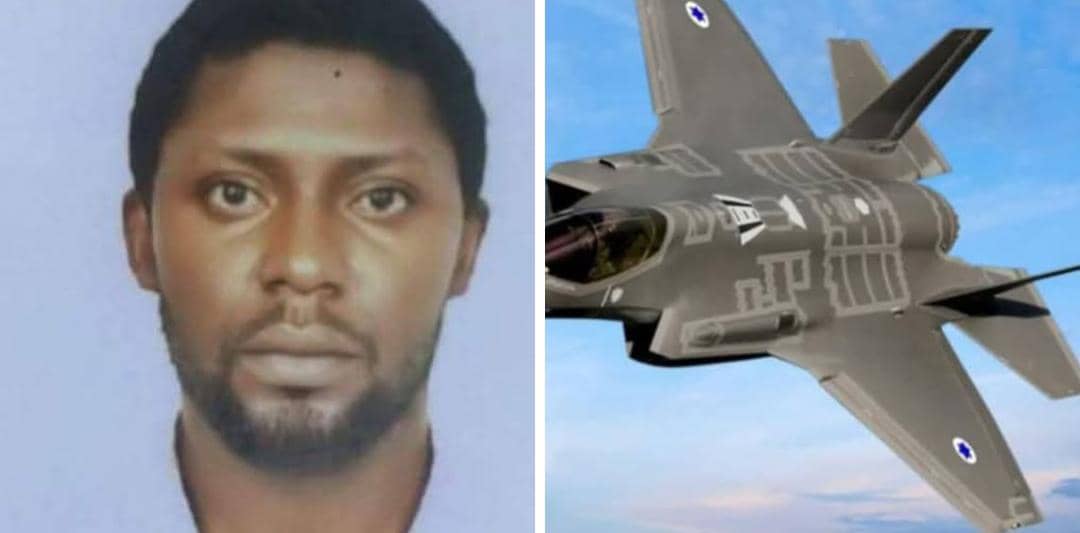


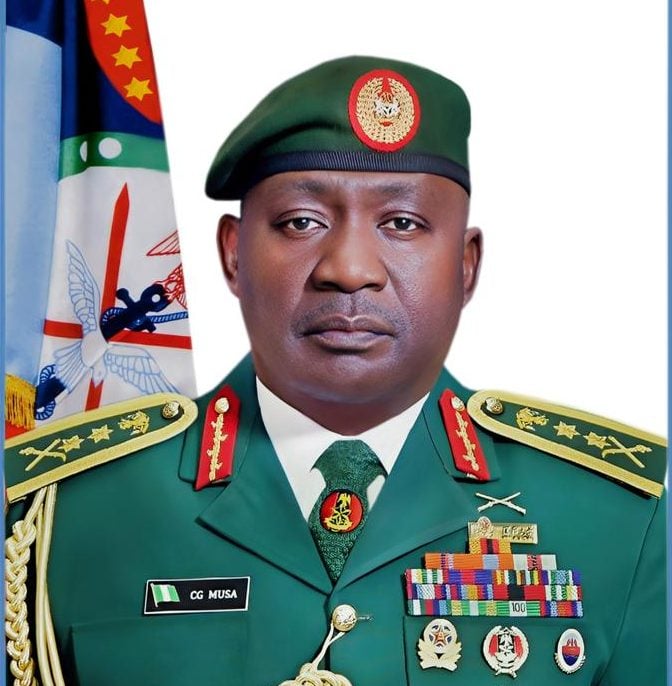



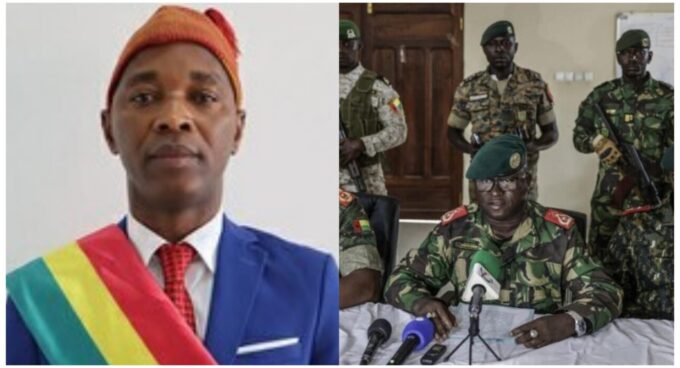
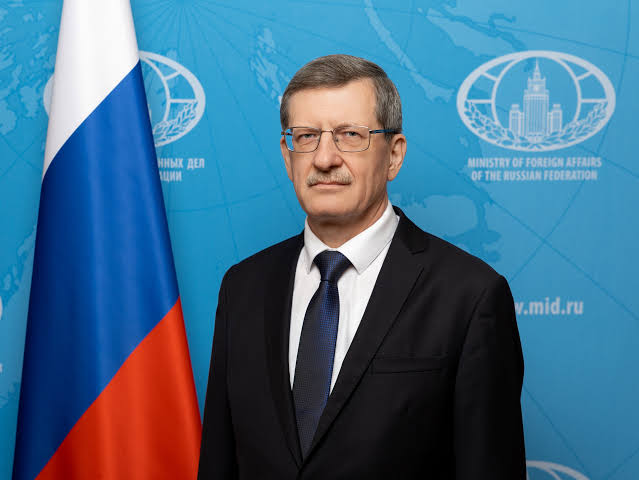
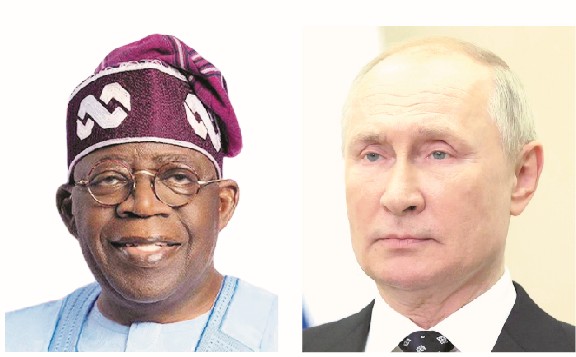


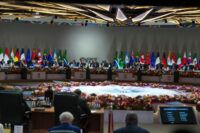
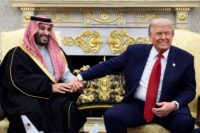
Leave a comment